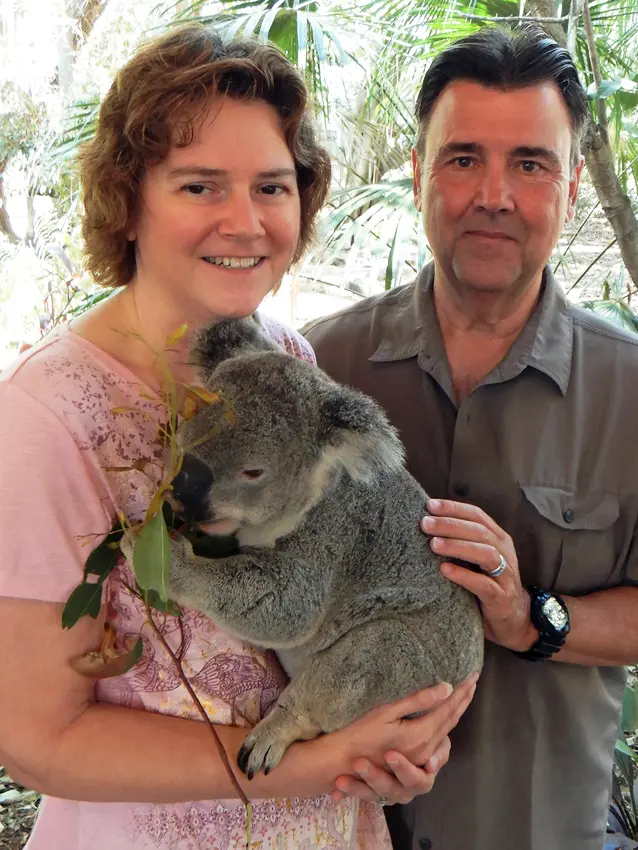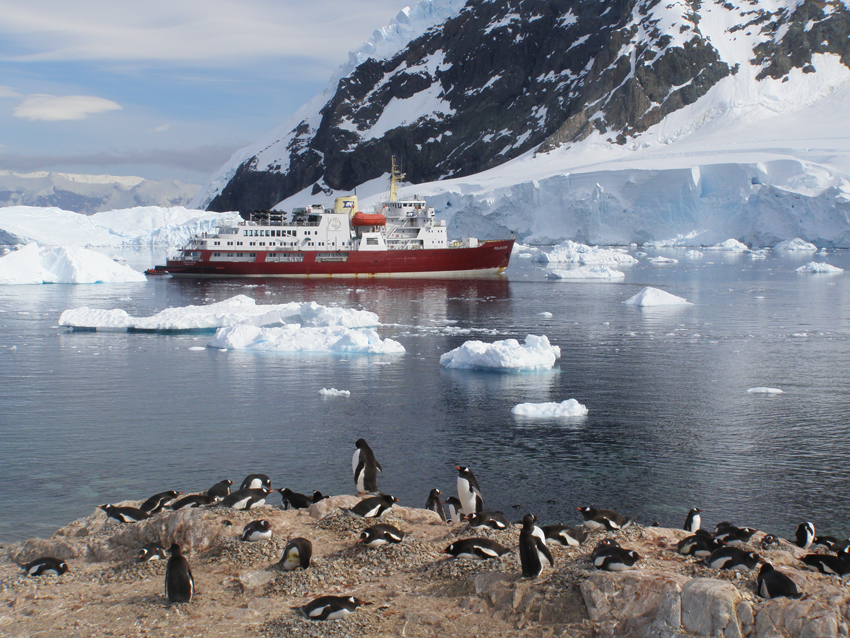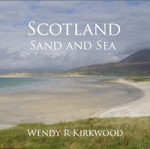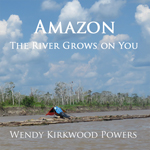Last Updated on March 20, 2023 by PowersToTravel
Moving along from the traveling food buffet that was our vehicle, we arrived an hour later at Sukhothai, an important destination. We knew it was important because it was a UNESCO World Heritage Site. We didn’t know much beyond that.
Our itinerary said we would be riding bicycles through the park, and I had been willing to let that part of the trip float. “Float” meaning I’d see what the terrain looked like and consider the level of my blood sugar. Well, floating was a good option because when we arrived, the temperature was 98 degrees Fahrenheit and of course the humidity was sky high. The guide offered the bikes, but looking at our faces was quick to offer the rental of a tuk-tuk to take us from temple to temple.
The World Heritage Site is basically flat, about a 2 km square with some out-lying temples, so in better conditions I would have been happy to ride a bike. I had in fact been training a bit before the trip so that I would be in a decent condition. But I had trained in a New England autumn, not a Southeast Asia tropic.
Sukhothai is a well-preserved relict of a special time period in northern Thai history, from the 13th to 14th centuries. Sukhothai was an autonomous kingdom carved out of the Khmer Empire in the 12th century which was then absorbed into the Mon empire. Ultimately it again became autonomous in the 13th century. Sukhothai marks the birth of the modern Thai nation.
Our first stop would be at the memorial to King Ramkamkhaeng, an early king who greatly enlarged the Kingdom of Sukhothai, introduced Theravada Buddhism as the state religion, and who is said to have invented the Thai script.
The Stele of Ramkamkhaeng dates from that period and shows the earliest known Thai script.
Wat Mahathat is the most famous of the temples at Sukhothai, its most iconic view that of a long open corridor of pillars leading to a seated Buddha image, in the pose of “touching the earth.”
We walked to Wat Chana Songkhram, nearby, a very tall stupa (generally circular monument leading to a point).
We hopped into our tuk-tuk, to arrive at Wat Si Sawai, first built as a Hindu temple, with three phrangs.
We drove out of the square of the park to Wat Si Chum. Wat Si Chum held a Buddha figure within a large stone box structure. It is said that the king would position himself in such a way as to whisper “messages from Buddha” to his soldiers as they would meditate, the mysteriously amplified sound echoing between the walls.
Our last stop was at Wat Chang Lom, a temple decorated in elephants. Elephants are clearly not a modern affectation to entertain tourists – the culture from the 13th century made great use of the elephant motif.
Upon completion of our tour, we were quite prepared to pay Bom for the use of the tuk-tuk, as we knew well that our originally planned tour only included bicycles. However, ever gracious, Bom insisted that with the weather what it was, of course it was included. That just highlighted the generosity of the Thai character, Bom, and the Chiang Mai Tour Center.
We had lunch at another covered outdoor restaurant. I had cashew chicken. Other people have written that you mustn’t just eat pad thai in Thailand, that you need to be adventurous! Well, I have to say that culinarily I am not in the least adventurous. I really hate cilantro, and I don’t much like curry, and that removes so many foods from my plate. If I wasn’t eating pad thai, I was eating cashew chicken!
Luckily dessert was ever edible to me, always being a plate of local fruit. Bananas being mushy can be tiring. Mangos were just fine and juicy, and I didn’t like the seeds of the pitaya:
I did begin to get quite tired of the same dessert day after day and longed for a brownie or wonder of wonders – chocolate cake. But that was not to be had in Thailand.
After lunch we ensconced ourselves in our comfy van, and headed off on an afternoon’s drive to our evening destination, a jungle lodge in Lampang.
Related Links
Sukhothai’s official Facebook site
Check out this article of mine too:
Thailand Travel Blog – Itinerary, Impressions and Diabetic Travel Tips





















